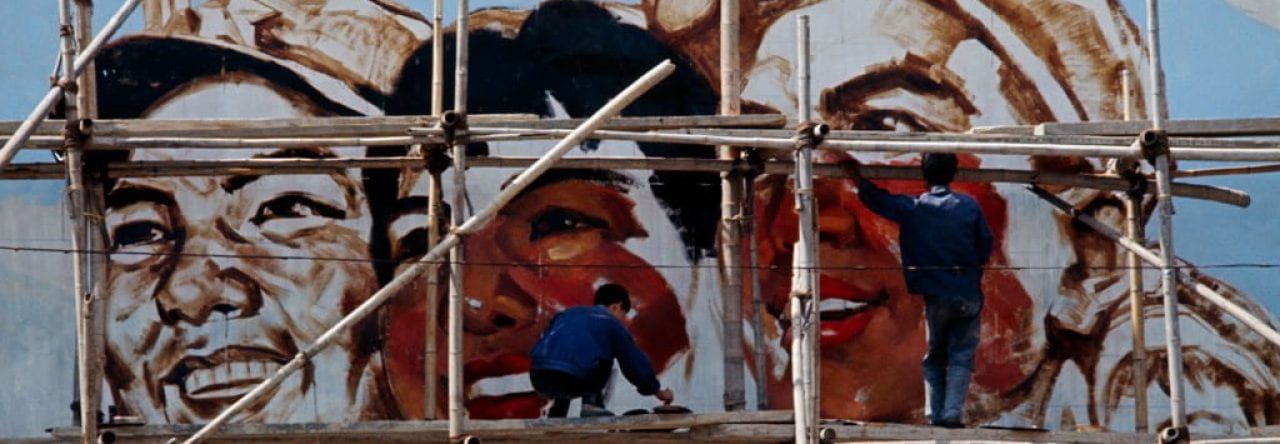
Figure 1. Pan Yuliang, Self-portrait. Oil on canvas, (1963), 12 3/8″ x 10 1/8″. Image source: “The Art of Pan Yuliang: Fashioning the Self in Modern China.”
Pan Yuliang’s last self-portrait, which she finished in 1963, encompasses her growth as an artist and showing her true self to the public. The oil painting, Self-portrait, is painted in bright, eye-catching colors of herself at the age of sixty-eight, wearing an open mandarin blouse that exposes her breasts, and with alcohol and cigarette buds in an ashtray on the table to her right.
She was part of the May Fourth Movement of 1919. Its purpose was to break free of traditional practices, leading to the Modernist movement (until the 1940s). This incorporated Western-style oil paintings, included color, and rejected traditional ways. Her previous nude paintings break Chinese tradition because it was seen as an act of perversion and betrayal of art, however; this image takes it a step further by portraying a nude, old woman smoking and drinking alone. Elders were painted “…with respect and honour…” (Teo 2016: 97). Along with being painted in muted or calm colors to help emphasize their poise. Pan utilized bright and jarring colors to break free of the conventional way of painting elders. To specify, she painted the background red to help contrast the rest of the colors in the painting. The red not only creates an intense atmosphere but also highlights the green on her mandarin blouse which draws the viewer from her blouse to her nude body. This signifies to the viewer that she no longer cares about the social aspects of the crude representation of nudity. In doing so she completely sets herself free of social judgments.
Another way Pan signifies her lack of care for social judgments is her somber expression that directs the viewer to the liquor and cigarette buds. This is extremely significant because alcohol and cigarettes “…were depicted as glamorous and joyful” (Ng 2019: 27). So to depict alcohol and cigarettes as a means of despair breaks the social constraints. This symbolizes Pan letting go of the social perceptions she experienced as an artist. To add, Pan uses this painting to express her deep sadness and loneliness after losing her husband, Pan Zanhua (1885-1960). Her ability to do this exemplifies her vulnerability as a person and artist.
Pan Yuliang’s Self-portrait is a means of freedom and sorrow. Although she was able to fully express herself in her artwork, she became isolated from the world. This was because of her background as a prostitute, orphan, and concubine, and the negative stigma around female nude painters.
Bibliography:
Ng, Sandy. “The Art of Pan Yuliang: Fashioning the Self in Modern China.” Woman’s Art Journal 40, no. 1 (2019): 21–30. https://www.jstor.org/stable/26746738.
Teo, Phyllis, et al. Rewriting Modernism: Three Women Artists in Twentieth- Century China: Pan Yuliang, Nie Ou and Yin Xiuzhen. Leiden University Press, 2016.


Jupiter Justice
Pan is incredibly thoughtful when it comes to her colors. The warm colors can help communicate the idea of escapism while the contrast between herself (distressed, tired) and the colors shows the pain that someone feels when using substances. This makes me wonder how can I create an exhibition that communicates who Chen Qiulin is? Chen talks a LOT about historical events or her feelings around it but leaves out WHO she is and how can I find different art pieces to represent who she is and the parts of her that can be hard to see.